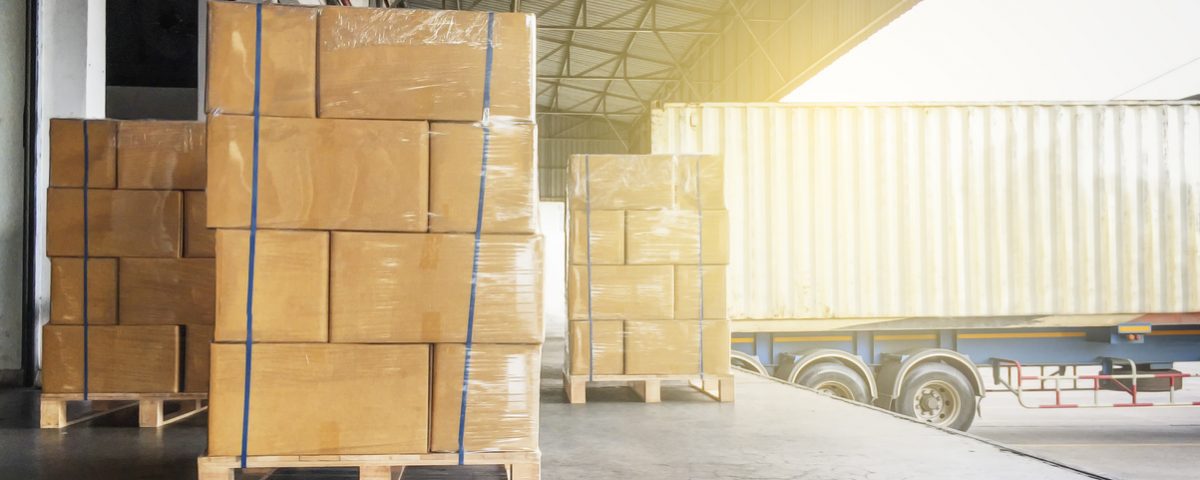
Everything You Need to Know About Expedited Shipping
June 1, 2020
How to Find the Most Cost Effective Way to Ship LTL Freight
June 15, 2020Freight Packaging Tips for LTL and Truckload

Packaging your freight is one of the most important aspects of the shipping experience. Bad freight packaging can mean damaged freight, time-consuming claims processes, additional reclass fees, and bad customer experience. Which is why it is important to take the time in using the best freight packaging practices to protect the items in transit? Improper packaging can come undone during transportation, loading, or unloading. Freight packaging whether it is for LTL (Less than truckload) or truckload is just as important as getting the best shipping quote, or selecting the correct freight class. Here is a guide to getting your freight packaged successfully when shipping.
Look at the Needs and Dimensions First
The first step in correctly packaging your freight is to understand what your shipment needs. You will need to measure and weigh your cargo to get accurate dimensions. If your dimensions are inaccurate, your freight may not fit on the truck. This is important when using LTL.
Other factors to consider are the handling and storability of your freight shipment. Carriers will likely charge more if your shipment is fragile or requires special equipment such as a temperature-controlled trailer. These factors also make packaging adjustments more specific.
Pallets or Crates?
To correctly package your freight, understanding when to use a pallet or a crate, will be important. They both protect your shipment from damage, speed up the loading and unloading process, and allow carriers to maximize space inside the trailer. Pallets are portable platforms used to package freight and are often required by carriers, while crates are wooden containers used to organize freight. Here are best practices for packing freight with pallets or crates.
Packing Freight with Pallets
Wooden pallets are recommended for most shipments regardless of whether the shipment is fragile or not. Carriers prefer and recommend using pallets even when it is a single cardboard box being shipped.
Wooden pallets are preferred for freight shipping over pallets made of plastic or other materials. The reason is that these other materials often break and allow shipments to move during transit.
The standard pallet is 48” L x 40” W, however, they can be custom made and you can find some that are 42” L x 42” W, 48” L x 48” W. The standard pallet is built to accommodate transport by a forklift and can hold up to 4,600 lbs. In addition to dimensions, pallets can vary based on the type of forklift openings and structure of the pallets according to fork entry.
- Two-way pallets (unnotched) – The forklift opening on only two ends.
- Four-way entry pallets – Forklift openings on all sides for full accessibility.
- Partial four-way entry pallets – Standard forklift openings on two ends and smaller side openings on the other ends.
- Block pallets – Four-way forklift entry and use blocks of solid wood to support the load.
During the freight packaging process, neatly stack your entire shipment on a large enough pallet. Then secure your shipment by strapping or shrink wrapping your freight to the pallet’s fork. Last, make sure that you have a pallet size big enough to support the weight of your shipment and allow for easy transportation.
Packing Freight with Crates
Wooden crates are best used to help organize and protect your freight. Separate fragile and non-fragile items into their own crated to avoid parts of your shipment hitting or scratching each other during transit. Fragile items are best wrapped in a protective material like bubble wrap. Fill each crate to the top, leaving no room for movement.
Other Freight Packaging Tips
While pallets and crates will protect your shipment, there is supplementary equipment that can help keep your freight in place and save it from moving around while in transit. Cardboard boxes and sheets can help cushion any area where your freight may bump into other objects. You can also use banding to further tighten your shipment if it still moves under the shrink wrap.
A crush cone can be placed on top of a shipment to avoid your pallet being crushed from other LTL shipments. This small symbol notifies carriers not to stack anything on top of your freight.
Ensure Your Shipment Arrives Safely
Effectively packing your shipments will keep not only your customers happy when the freight arrives, but it keeps the carriers happy. Having a shipment with precise dimensions and packaging keeps the pickup, loading, and unloading more effective. If you are unsure about what steps you need to take, contact us at PPLUS Global. We understand global logistics and the shipping industry. We can help your business find the best rates and get your shipments to the location safely and on time.
